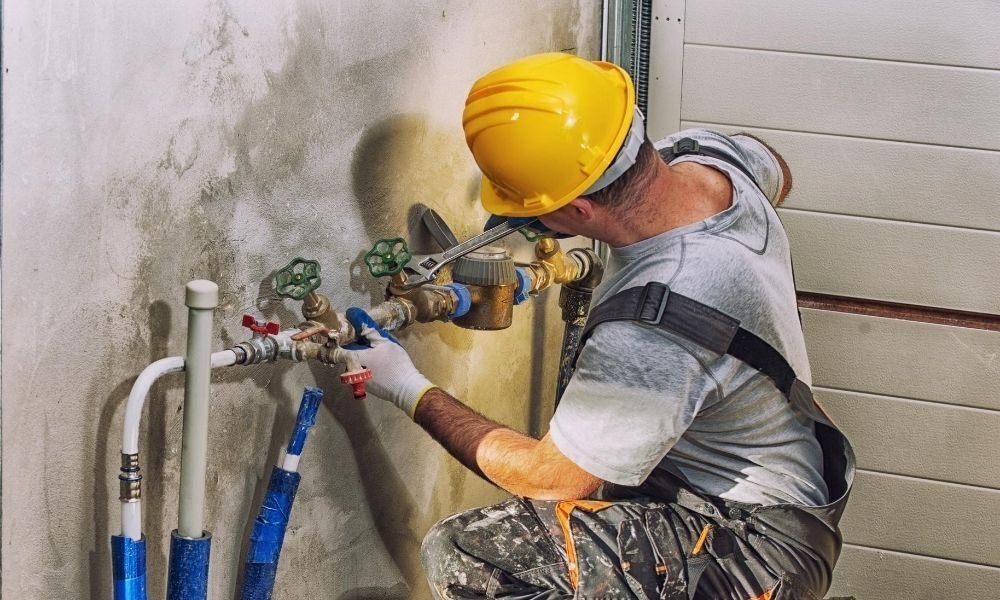Silent leaks in homes and buildings can cause substantial damage over time if left unnoticed. Detecting these leaks early, especially in Wisconsin’s climate, is essential to avoid costly repairs, water waste, and structural damage. Silent leaks, unlike obvious leaks, do not make noise or create visible water pools, making them harder to catch without deliberate inspection.
This article guides homeowners and property managers in Wisconsin on effective strategies to detect silent leaks before they become big problems.
Understanding Silent Leaks
Silent leaks are water leaks that do not produce the usual visible or audible signs of leakage. They can occur in plumbing systems, toilets, underground pipes, tanks, or irrigation systems. Because of their quiet and often hidden nature, silent leaks can persist for months unnoticed, leading to increased water bills and potential property damage.
Early Detection Methods for Silent Leaks in Wisconsin
Monitor Your Water Bill Regularly
One of the simplest ways to detect a silent leak is to monitor your water bill for unusual increases. In Wisconsin, where seasonal water use might fluctuate, a consistently higher water bill during off-peak seasons can be an important sign. Even small, undetected leaks waste hundreds of gallons over time, which will reflect in your bill.
Use Your Water Meter as a Diagnostic Tool
Your water meter is a powerful ally in leak detection:
- Turn off all water-using appliances and faucets inside your home.
- Locate the water meter in your Wisconsin home that is often found near the street, in a basement, or utility room.
- Observe the meter’s flow indicator dial or digital reading.
- If the dial is moving or the number is changing without water usage, a leak is likely.
Perform this test at night for best results when water use is minimal. This method can detect leaks both inside and outside the home.
Listen Carefully for Unusual Water Sounds
In quiet moments, listen for running water, dripping, or hissing sounds when fixtures are off, indicating potential leaks behind walls, under floors, or in basements, common issues in Wisconsin homes.
Conduct Visual Inspections for Moisture or Damage
Check common trouble areas in your Wisconsin home:
- Under sinks and toilets
- Around washing machines and water heaters
- Basements, crawl spaces, and foundation walls
- Ceilings, walls, and floors for discoloration, bubbling paint, or warping
Advanced Leak Detection Techniques Used in Wisconsin
Acoustic Leak Detection Technology
Wisconsin utility companies and plumbers use acoustic detection equipment to pinpoint silent water leaks underground or in walls, accurately detecting issues without invasive digging or demolition, saving time and costs.
Dye Tests for Toilet Leak Detection
Silent toilet leaks are common and can be detected by:
- Dropping a few drops of food coloring or a dye tablet into the toilet tank.
- Waiting 20-30 minutes without flushing.
- If colored water appears in the toilet bowl, the flapper valve or seal is not tight, causing a leak.
In Wisconsin, silent leaks can cause significant damage and waste water, but regular leak detection tailored to local homes and climates helps catch issues early, avoid costly repairs, and conserve resources, ensuring responsible homeownership and property management.

